Resin crafting, a captivating fusion of art and science, empowers creators to manifest their imagination into tangible beauty. However, one common issue that both beginners and seasoned artists face is the formation of bubbles in the resin. In this blog post, we delve into the science behind bubble formation and provide practical solutions to this problem.
Why Do Bubbles Form in Resin?

Resin is a versatile material with liquid properties, undergoes a metamorphosis from fluidity to solidity through the curing process. However, this enchanting journey is fraught with the emergence of bubbles. Bubbles are essentially pockets of air or gas trapped within the resin. Let's dissect the primary provocateurs behind bubble ballet:
Air Entrapment: During the mixing and pouring process, air can get trapped in the resin mixture. As resin components mingle and dance together, air molecules sometimes find themselves unwillingly trapped in the mix. These clandestine pockets of air, if left unattended, emerge as unsolicited guests in the final cured product. If not properly degassed or allowed to rise to the surface, these air bubbles may become encapsulated in the cured resin.
Ambient Conditions: Environmental factors, such as temperature and humidity, can impact the viscosity of the resin. Higher temperatures may reduce the resin's ability to release trapped air. Resin, akin to a sensitive artist, reacts to the environment it inhabits. Drastic temperature changes induce a release of trapped gases, as if the resin is exhaling, creating an intricate display of bubbles.
Improper Mixing: Inadequate mixing of resin and hardener can result in uneven curing and the formation of bubbles. The ballet of resin requires a skilled choreographer. Inadequate mixing can lead to unmixed resin components, akin to dancers out of sync, resulting in bubbles during the grand performance of curing.
Tips for Bubble-Free Resin Art
Now we've unraveled the secret of bubbles, let's arm ourselves with strategies to ensure a seamless dance in our resin projects:
Slow and Steady Mixing: It's important to mix the resin thoroughly but without creating excessive turbulence. Transform the mixing process into an elegant waltz. Allow the resin components to embrace one another gradually, minimizing the risk of trapping air. A slow and deliberate stirring motion is the conductor's baton for a harmonious resin symphony.
Degassing Techniques: Use a AirLess bubble remover or a degassing tool to remove air bubbles from the resin before pouring. This process helps minimize the risk of trapped air. Introduce the art of degassing to your resin project. Resiners AirLess bubble removal machine becomes the stage where trapped air takes its final bow, leaving the resin in pristine elegance. Resiners' New Year Extravaganza Starts Now! - Buy AirLess Machine Get Mini Heat Gun Free! (Only for Resiners.com)
Worldwide Shipping>>> Resiners Bubble Remover (Buy on Resiners.com)
Amazon Shipping (USA) >>> Resiners Bubble Machine (Buy on Amazon)
Temperature Control: The optimal temperature for bubble removal is around 25℃. Create a serene stage for resin's performance. Stable temperatures allow the resin to gracefully transition without the dramatic release of trapped gases. A controlled environment sets the scene for a bubble-free masterpiece.
Achieving Bubble-Free Brilliance in Resin Art
In conclusion, while the issue of bubbles in resin may seem daunting, it can be effectively managed with a good understanding of the underlying principles and the right preventive measures. We hope this blog post helps you navigate the bubble challenge in your resin DIY projects, enabling you to create flawless resin art pieces.

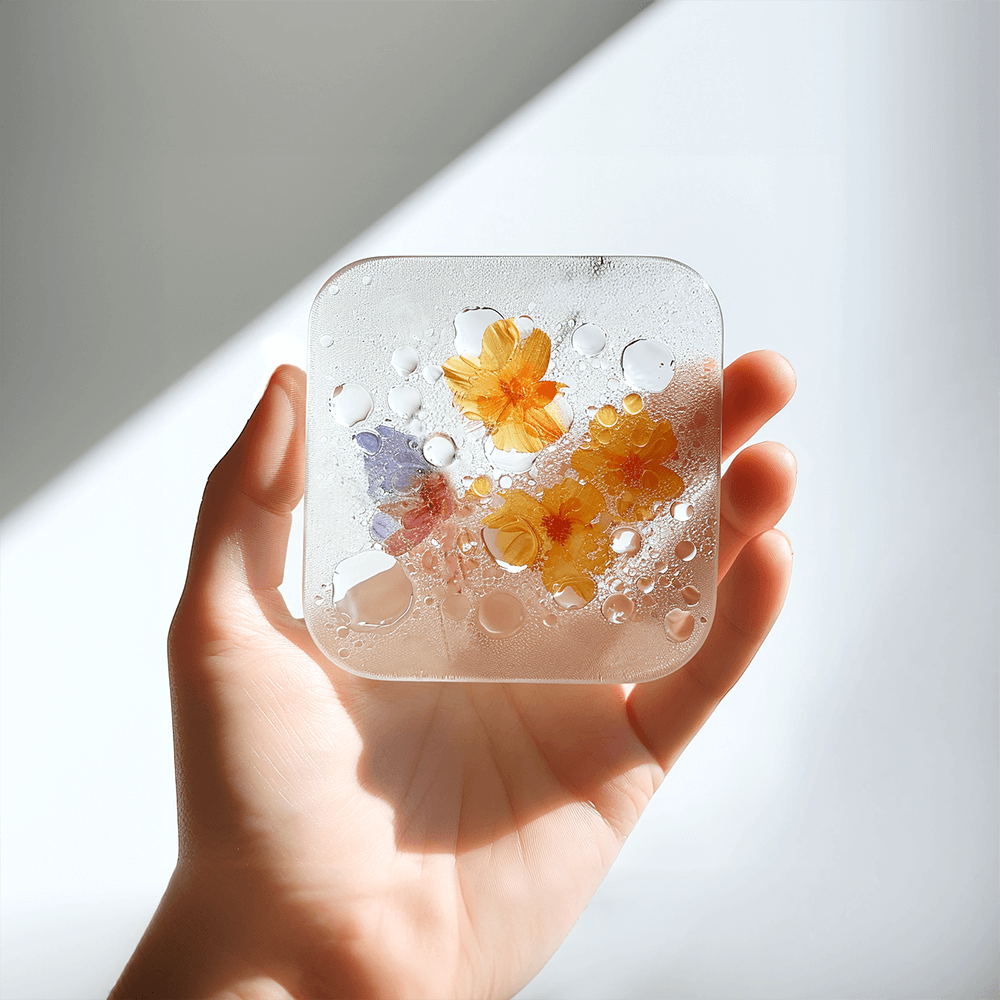
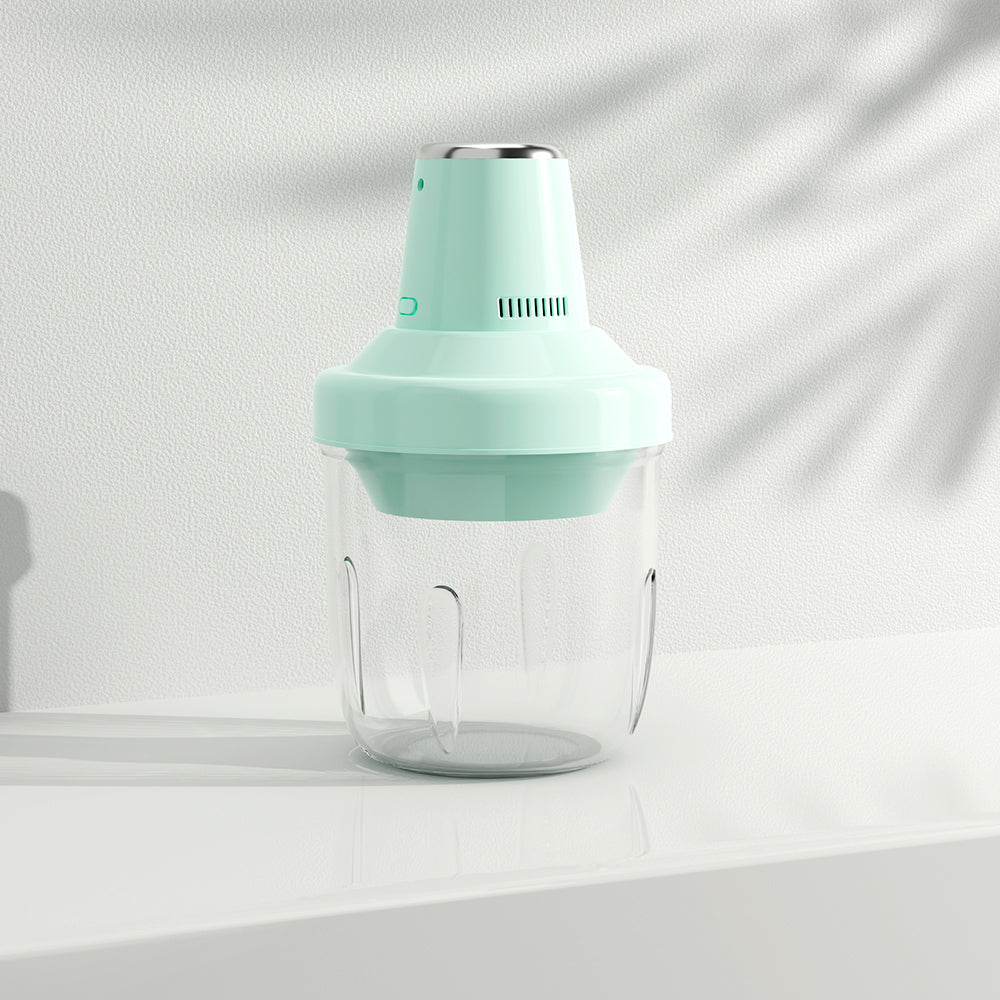
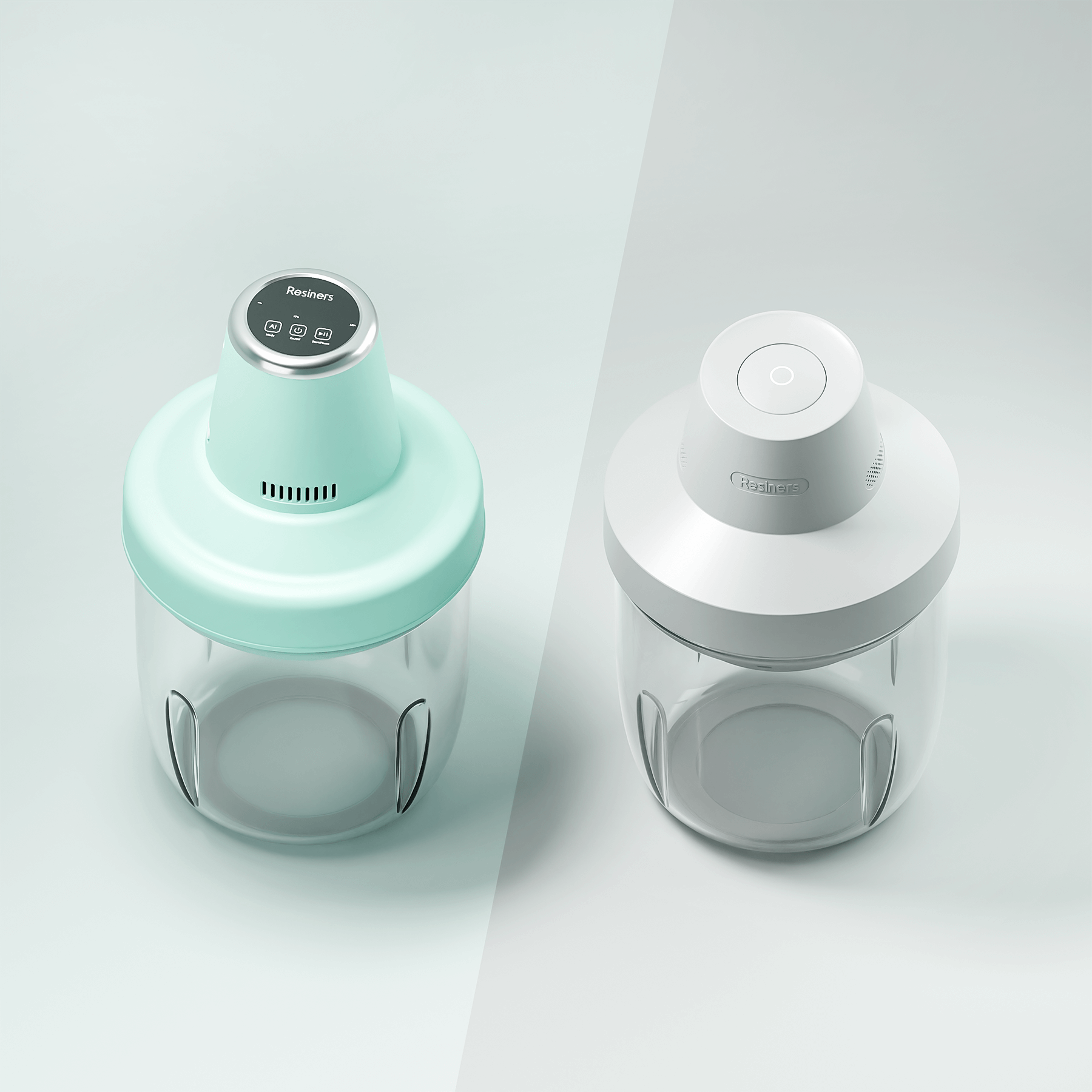
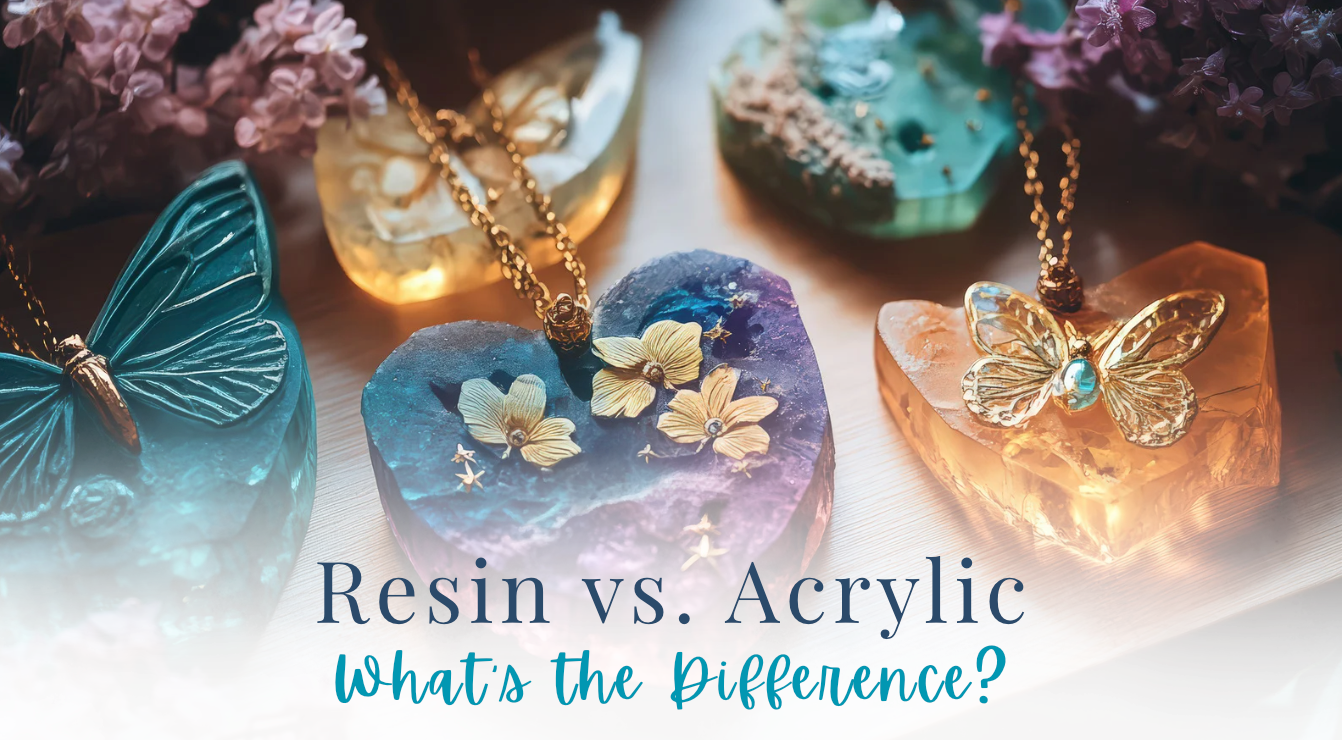

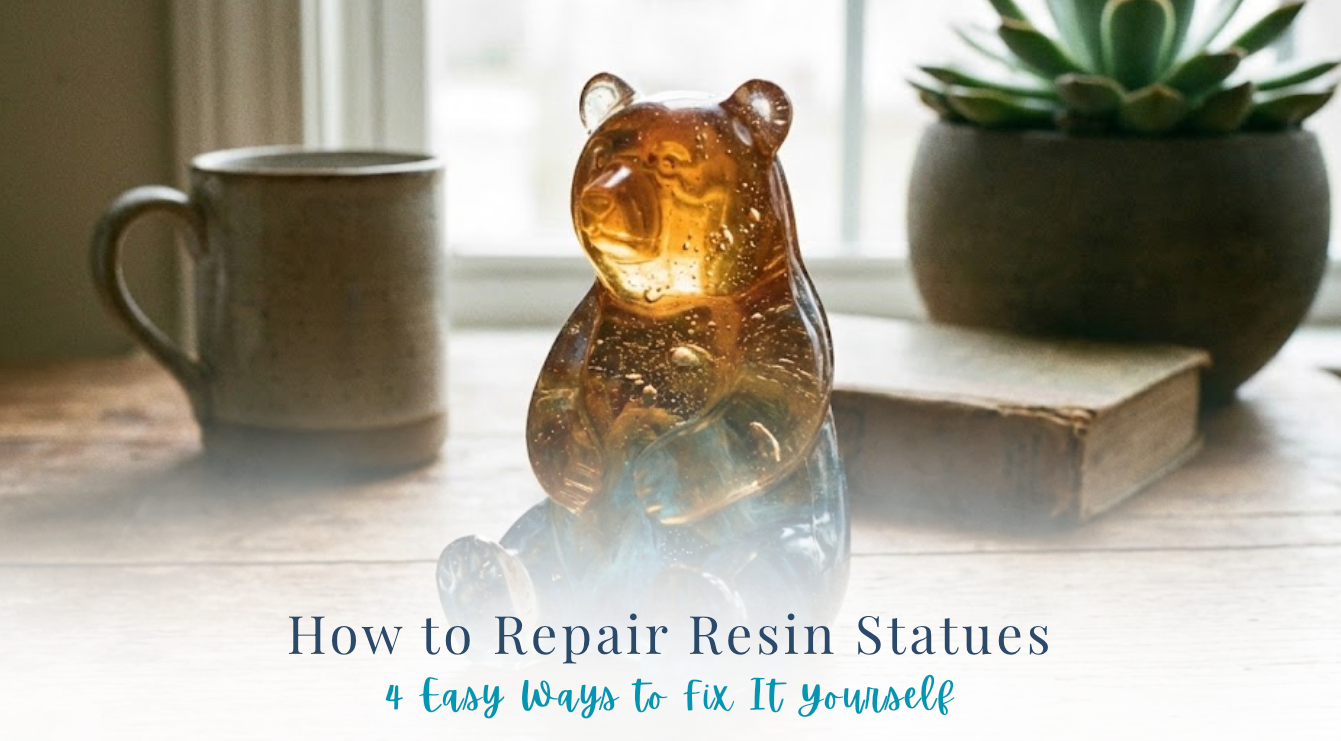

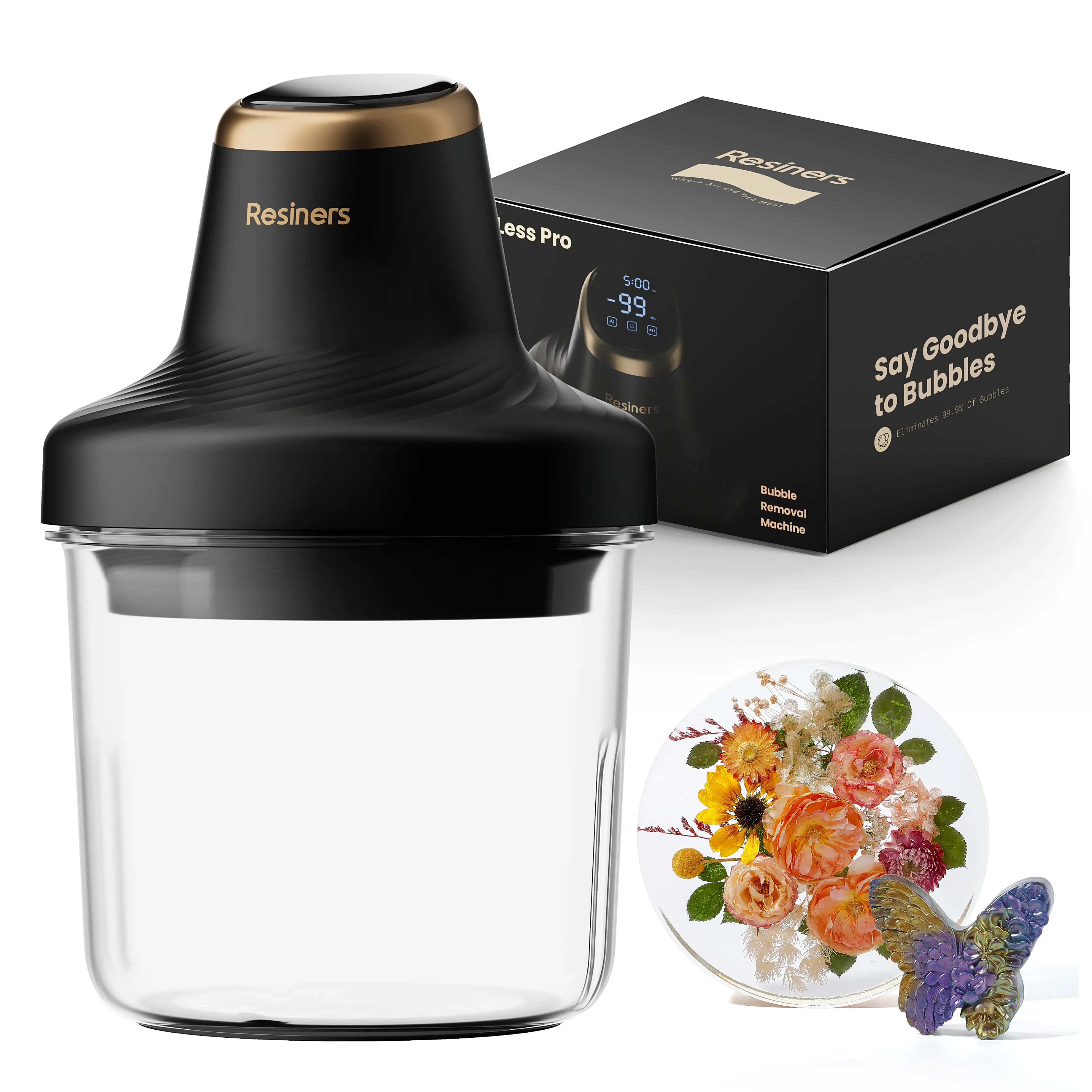



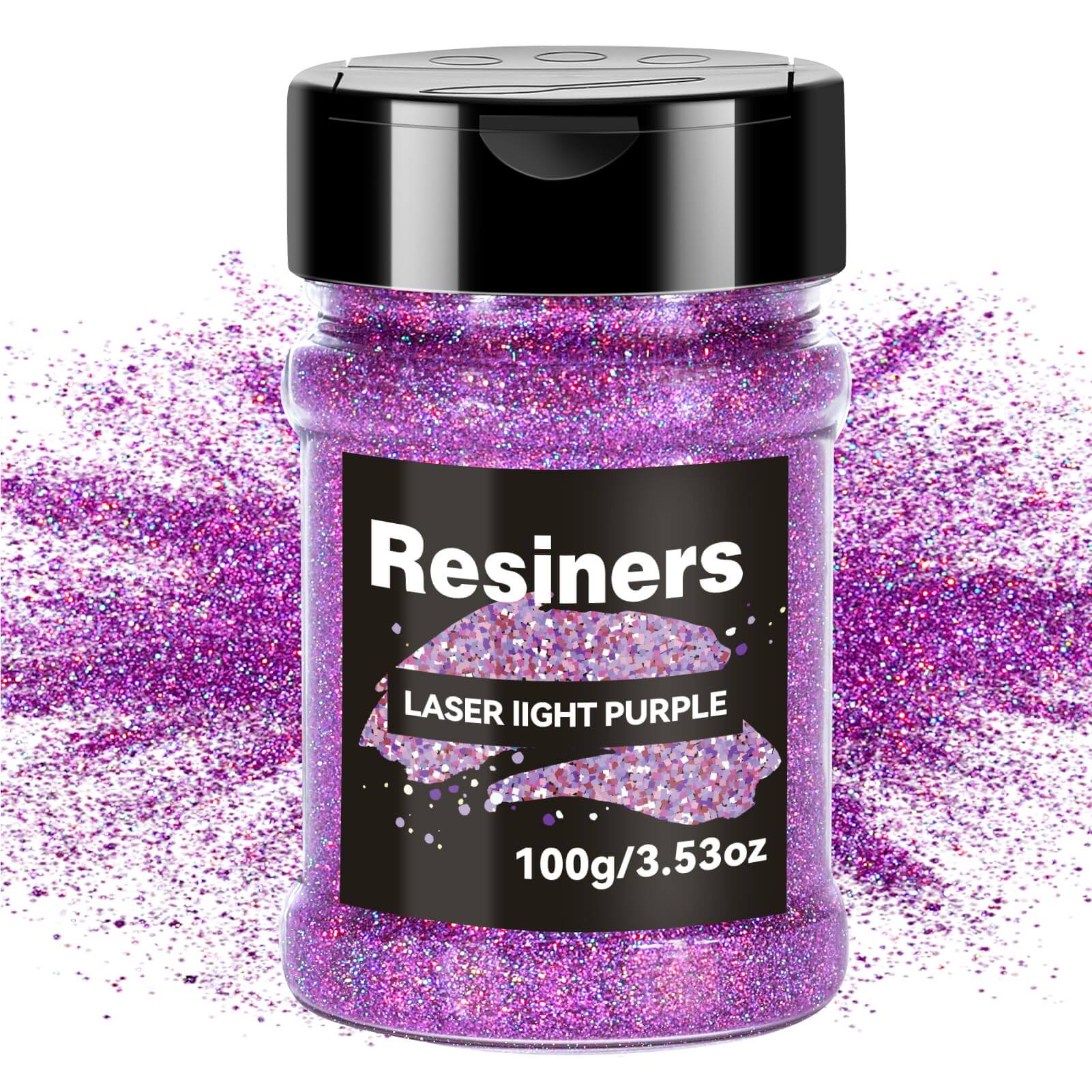
Lämna en kommentar
Denna webbplats är skyddad av hCaptcha och hCaptchas integritetspolicy . Användarvillkor gäller.